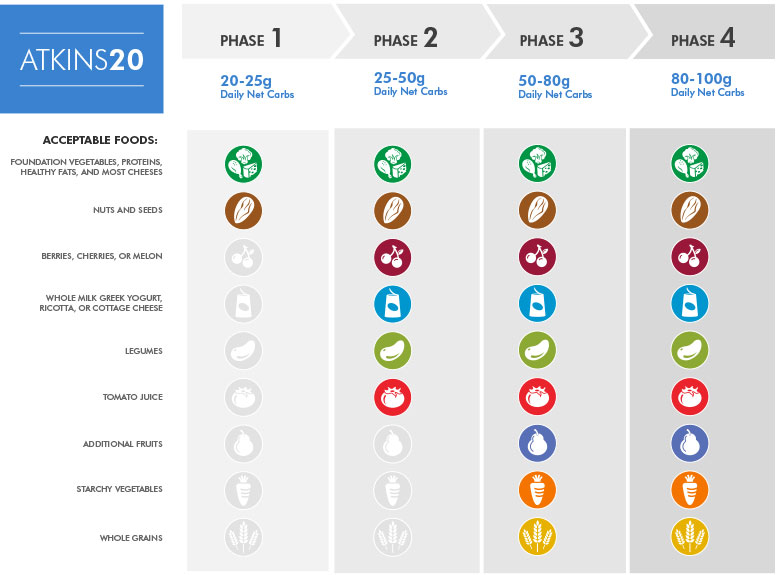
I Don’t Have Time and I’m Horrible At Meal Planning Or Figuring Out The Right Foods To Eat! There are several meals plans available online and even services that offer personalized plans for YOU. At the end of the day, there are so many resources available online so, if you need help, you will surely find it! You can also check this Balanced Keto Weekly Meal Plans here! Q. Is Ketosis Safe For Your Body, How Long Should A Person Follow A Keto Diet For, Ketosis is safe as it simply enhances fat-burning processes that are completely normal in our body. There is no time-limit for a person to follow a keto diet for, although a lot of people do like to follow this diet cyclically, meaning, increasing the amount of carbohydrates while on vacation. Q. Does The High-Fat Part Of Keto Clog Your Arteries, Basically, fat within your blood travels as lipoproteins, along with cholesterol, proteins, and phospholipids.
In order for an artery to be “clogged”, there needs to be a small tear in its inner wall first. These tears can be due to stress, smoking, a highly-processed diet, etc. In order for the walls to be repaired and thus prevent “clogging”, Vitamin E must be used. Vitamin E, being a fat-soluble vitamin, requires fat in order to be available for your body to use. Therefore, the consumption of fat can help your arteries self-heal and thus prevent “clogging”. Q. How Long Does It Take To Get Into Ketosis, It takes roughly 24 hour hours after your last ingestion of carbohydrates to begin producing ketone bodies, since that’s about how long it takes to burn through the majority of your ingested carbohydrates and glycogen stores. If you have been eating a diet based on carbohydrates for many years, it may take up to 48 hours or more to get into ketosis after completely abstaining from carbs. Q. What’s The Difference Between Being In Ketosis, And Being Keto-adapted (Or Fat Adapted),
Ketosis begins basically as soon as you’re depleted of glycogen stores, and are using ketones as your primary fuel. It’s a fairly simple biological process, it’s automatic, and it’s fast. But all of our tissues don’t adapt that quickly. The switching of fuel sources can be a little bit jarring for our muscles and our brain, and while they use fats and ketones for fuel, they aren’t yet efficient at it. This lag can also contribute to the lethargy and brain fog that some people get in the keto-flu. This is an adaptation period, where we’re essentially re-training our muscles and our brain to use fat as the primary fuel source instead of glucose. This adaptation can take a couple of weeks to a couple of months. The transition is rougher for some people than others, though it’s worth it to KCKO, or Keep Calm and Keto On. Once you’re keto-adapted, weight loss becomes easier, your body feels like it moves more smoothly, your energy levels and appetite are easily regulated, and your thoughts are clear and fast. Performance in the gym also begins to improve at this stage, since it sometimes suffers during the adaptation period.

0 Response to " Keto Diet For Beginners: The Complete Guide "
Post a Comment